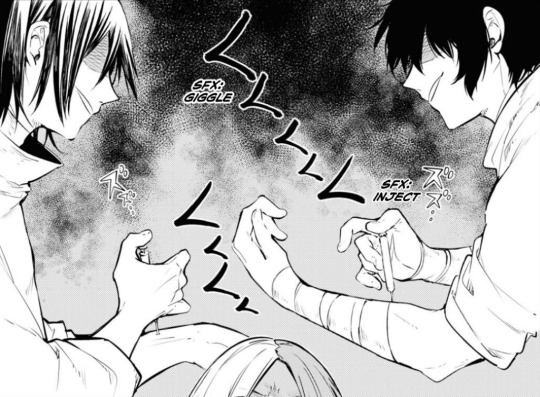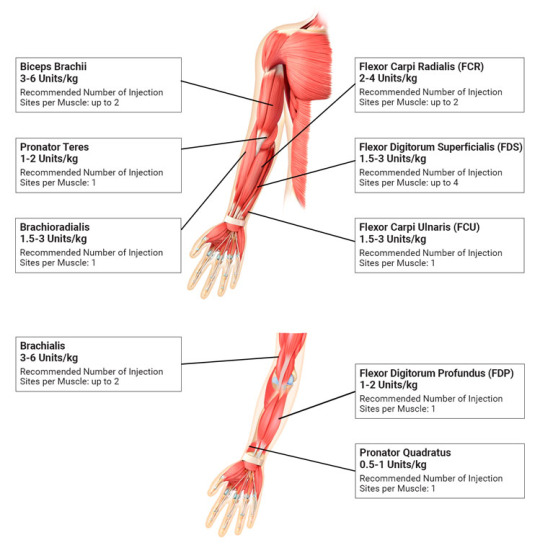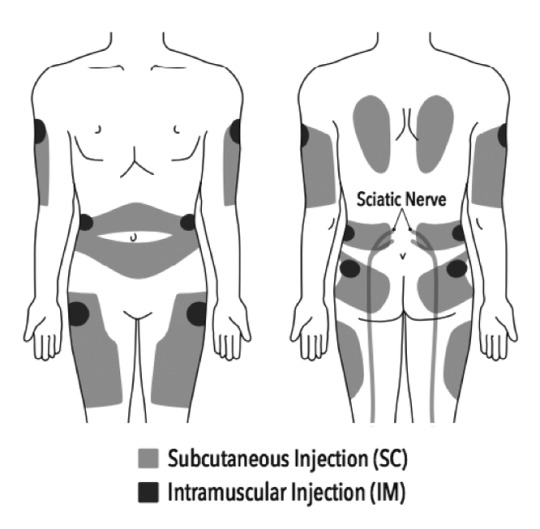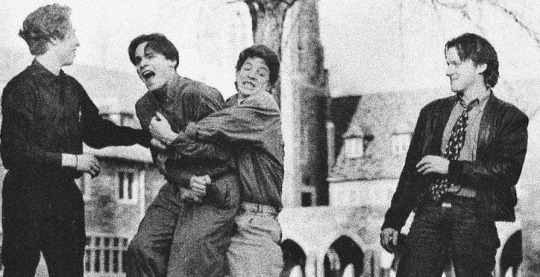Text
“No one really knows anyone. That’s the thing about relationships. People are always saying, “I want to know you, I want to know who you are.” But it is so hard for anyone to even know themselves. Who I am is always changing, so how can anyone else share in that?”
— Richard Linklater - Before Sunrise (2004)
1K notes
·
View notes
Text
Moon knight poster #9 (spanish)
Representa el Juicio de Osiris.
La figura que se encuentra en el centro de la balanza es Anubis, protector de tumbas, guía de las almas y pesador de corazones; quien guiaría al espíritu ante el tribunal y extraería el corazón del difunto, el cual representaba la moralidad y la conciencia (por eso los egipcios quitaban todos los órganos de los fallecidos excepto el corazón). El órgano era contrapesado con la pluma de Maat (símbolo de justicia y verdad) en una balanza para determinar si el alma merecía ir al "más allá" o ser devorada por Ammit.
El tribunal estaba constituido por 42 dioses, los cuales formulaban preguntas acerca del comportamiento pasado y dependiendo de la respuesta el corazón aumentaba o disminuía de peso.
Si el veredicto era positivo (el corazón pesa menos que la pluma) esa persona viviría eternamente en los campos de Aaru (paraiso de la mitología egipcia).
Pero si el veredicto era negativo (el corazón pesa más que la pluma) era arrojado a Ammit, un ser también llamado "el devorador de muertos". A esto se le denominaba "segunda muerte", acabando con la condición inmortal del difunto, dejando de existir para la historia de Egipto.

3 notes
·
View notes
Text
Moon knight poster #9 (english)
It represents the Judgment of Osiris.
The figure that is in the center of the scale is Anubis, protector of tombs, guide of souls and weigher of hearts; who would guide the spirit before the tribunal and would extract the heart of the deceased, which represented morality and conscience (that is why the Egyptians removed all the organs of the perished except the heart). The organ was weighed against the feather of Maat (symbol of justice and truth) on a scale to determine if the soul deserved to go to the "afterlife" or be devoured by Ammit. The tribunal consisted of 42 gods, who asked questions about past behavior and depending on the answer, the heart increased or decreased in weight. If the verdict was positive (the heart weighs less than the feather) the person would live forever in the fields of Aaru (paradise of Egyptian mythology). But if the verdict was negative (the heart weighs more than the feather) they were thrown to Ammit, a being also called "the devourer of the dead". This was called "second death", ending the immortal condition of the deceased, ceasing to exist for the history of Egypt.

17 notes
·
View notes
Text
Jane Austen was really out there 200 years ago writing lines like “If I loved you less, I might be able to talk about it more” that to this day are still so swoon-worthy.
47K notes
·
View notes
Text
Lightningface Review
Narcissism and Identity in Lightningface
Lightningface is a short film written and directed by Brian Petsos and starring Oscar Isaac as the main character, Basil Stitt. It focuses on one week in Basil’s life after he has just experienced an injury by lightning. The event itself happens quickly and he has little time to prepare other than to watch a flock of ominous birds fly away and blatantly say “The fuck?” The film begins with a shot of space, expressing the expansive, external quality of the world. Then, it cuts to a shot of Basil looking at his reflection in the mirror with both admiration and dissatisfaction. That shift from external to internal, from space to a single human, shows the narcissistic nature of humanity and particularly on the part of the film’s main character.
Basil wakes up outside and touches the damaged part of his face. He runs into his apartment and stares in the mirror with utter pity and disgust. Instead of having the tone be serious and heartbreaking here, the music and Basil’s dramatic actions turn it into a great moment of comedy. He wails out a series of “No!!!” as if he is mourning the death of a loved one. He wrecks his apartment to relinquish his frustration and perhaps to simply destroy something since he feels his appearance is destroyed. Basil’s reaction to his scar is quite telling of what is most significant to him. He is mourning the ruin of his physical appearance and since it is approached with so much comedy, the film seems to be largely mimicking the narcissistic nature inherent within us all.
Instead of going to the hospital or contacting a friend, Basil decides to stay inside his apartment where no one else can see him and where he does not have to see disgust being reflected back at him. He pushes himself into a state of isolation with music, movies and one large order of pizza and soda. His desire to stay hidden from the rest of the world, though a bit extreme, is similar to our own desires to stay concealed when something bad happens. It’s a way for us to cope and protect ourselves from judgment and from any other bad thing that may occur because life is unpredictable. Music, food, and movies are ways to escape from our reality and slow down time. By staying inside he has more control over the unpredictability of life. The way that the film is split up into days with very little happening in his life, explores this static nature of being isolated.
Basil also calls his job and tells them he doesn’t know when he’ll come in again if ever, he tells his parents he won’t be able to see them soon and he ends a near three years relationship with his girlfriend. The last one seems to affect him the most to the point of tears. His voice gets stuck on the word “face,” which implies such a strong sense of identity being tied to his physical appearance. It further highlights his narcissism as well because even as he is ending his relationship with her, he is focused on himself.
“I thought I knew who I was, but I knew nothing and then it happened.” These words are spoken by Basil at the beginning of the film. They emphasize the character’s stress on identity as being tied primarily to physical appearance. The “it” he refers to is the event with the lightning. Yet, that only appears to have changed his physical appearance and still he states that it changes his self-perception. “I knew nothing and then it happened” is a way of romanticizing the situation and turning it into an event with meaning. Otherwise, it’s a pointless occurrence that scarred his face and that thought is too unbearable to face. If he is able to gain something from the injury, turn it into a symbol for who he is (as is how many superhero origin films begin), then he regains power. So, he becomes defined by his injury with the title itself named Lightningface and not Basil. The film ends with him wearing a paper bag over his head and dressed somewhat like a superhero saying “I just don’t know what to call myself. So my friends, people of earth, I leave that to you.” The ambiguity there leaves the film and this character open for interpretation. It also emphasizes his narcissistic nature by allowing others to decide who he is.
43 notes
·
View notes
Text
I like roses best. But they bloom in all four seasons. I wonder if people who like roses best have to die four times over again.
– Osamu Dazai, The Setting Sun
11 notes
·
View notes
Text
In Frankenstein there's some kind of symbolism regarding nature. While Viktor is working on the creature, the seasons pass and he ignores this, he remains unfazed. Viktor is ignoring nature while ignoring the laws of nature by bringing the dead back to life.
22 notes
·
View notes
Text
Injection sites (BSD Chapter 97 Spoiler)
Disclaimer: All of the medical information below is merely from the Internet so it maybe false information. I am not absolutely certain about what I found. I might edit this post when I have collected more necessary information.
Heavily inspired by this post by @tortolette


From what I gather, Dazai and Fyodor were injecting poison at 72-90 degree-angle, which might be subcutaneous or intramuscular injections and not intradermal injections or intravenous injections. To quote from Drugs.com:
Intramuscular (IM) injections. IM injections are given deep into a muscle where the medication is then absorbed quickly by surrounding blood vessels.
Subcutaneous (SC) injections. SC injections are injected into the innermost layer of the skin called the subcutis or hypodermis, which is made up of a network of fat and collagen cells. SC injections are also known as ‘subcut’ or ‘SQ’ injections. These injections work more slowly than an IV or IM injection because the area does not have such a rich blood supply.
"Intravenous (IV) injections. An IV injection is the fastest way to inject a medication and involves using a syringe to inject a medication directly into a vein. When people talk about receiving medication via IV, however, they are usually talking about an IV infusion or drip, which involves using a pump or gravity to infuse the medication into a vein, rather than a syringe. IV infusions allow a set amount of medication to be administered in a controlled manner over a period of time.
Intradermal (ID) injections. ID injections are given directly into the middle layer of the skin called the dermis. This type of injection is absorbed more slowly again than IV, IM or SC injections."

"Muscle", "Subcutaneous tissue", "Vein", "Dermis", "Epidermis"
According to Children's Hospital of the King's Daughters, "the most common areas for subcutaneous injections are:
the upper outer area of the arm
the front and outer sides of the thighs
the abdomen, except for a 2 inch area around the navel
the upper outer area of the buttocks
the upper hip
because these are away from joints, nerves and large blood vessels."
According to Healthline, "intramuscular injections are absorbed faster than subcutaneous injections... Common intramuscular injection sites are:
Deltoid muscle of the arm. The deltoid muscle is the site most typically used for vaccines.
Vastus lateralis muscle of the thigh.
Ventrogluteal muscle of the hip.
Dorsogluteal muscles of the buttocks."
In short, here is the difference between the two:


However, in this panel, Dazai and Fyodor did not inject the poison in the mentioned sites:

Let’s say Dazai and Fyodor intentionally gave IM injections angularly instead of a 90 degree in the wrong sites, this is what’s meant to happen according to Jesse Kesler from Quora+:

He said: "You may reduce the effectiveness of the vaccine." I guess Dazai and Fyodor did that so they can lengthen the amount of time they have before the poison takes effect.
Also, I wondered why they had chose the 90-degree angle instead of the others, and I found this: According to Journal of the American Academy of Dermatology, there is “no difference in pain between 45- and 90-degree angles of injection, but that the energy required to inject was lower with insertion at 90 degrees. Lower injection energy may lead to less tissue distension and thus less pain. In addition, 90-degree angle insertion may result in less direct transection of nerve endings than 45-degree angle insertion.”
As I don't know whether they chose intramuscular injections (which allows the poison to be absorbed quickly) or subcutaneous injections (which works more slowly than an IV or IM injections), I cannot reach a conclusion whether they chose less pain over more time to survive.
There are three more analyses that I know, I will put the links here if you want to continue reading about this subject.
1. This one by @tortolette
2. This one by @infjsnightmare
3. This one (about the poison) by @overtainted
━━━━━━━━━◦○◦━━━━━━━━━
I apologise in advance for any inaccuracies and please feel free to correct me in the comment section. Thank you for reading my ramblings :'>
153 notes
·
View notes
Text
Why do artists depict Ophelia this way?
Always in a peaceful place with a calm countenance, lying with flowers in the water, wearing beautiful dresses that embrace her body and seem to be light as a feather.
But that's not the truth.
She drowned, with the weight of her dress pulling her down to the depths of the water, she tried to swim up in vain, the water slowly filling her lungs, slowly running out of oxygen, slowly dying alone and heartbroken, aware that it was already too late.


9 notes
·
View notes
Text
y’all ever read a book that’s so good it pretty much takes over you for the rest of the day? like, yeah, i’m walking around, doing what i’m supposed to do, but my mind’s still stuck on that one line that absolutely punched me in the gut when i first saw it. my heart’s still thumping somewhere in-between those pages.
9K notes
·
View notes
Text
Can’t wait for the ‘Sigma being done with everyone’s shit’ three minute compilation on YouTube once he’s animated.
446 notes
·
View notes








